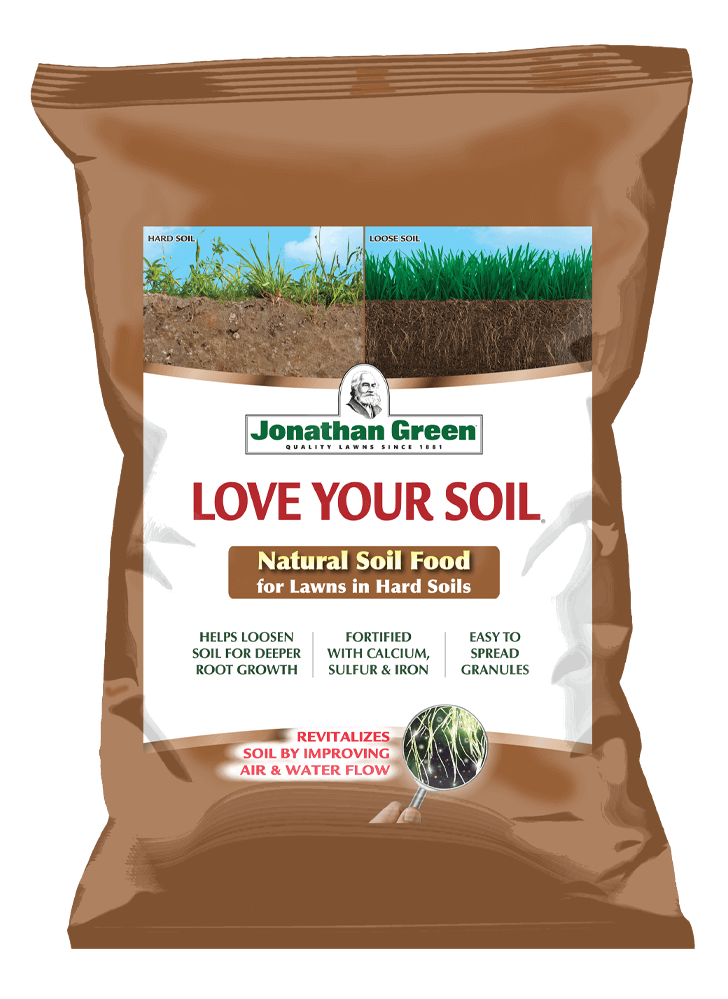Snow and Salt Damage on Lawns
Snow, snow, go away! It’s March, and yes, snow is a possibility, let’s hope not! We’ll look at your lawn situation if it snowed much in February or if it snows in March. We’ll also review lawn ideas for March if snow is not an issue.
Snow is good since it provides much needed moisture to your lawn and landscaping plantings during winter months. Snow and cold weather also help the lawn go through its natural winter dormancy so it grows vigorously each spring. However, I’m sure we all hope there is no snow when you read this article, we want spring to arrive! How many times did you have to apply ice melters this winter? Was it 5, 10, 20 times? Did any of the ice melt drift off into lawn areas, I’m sure some did? Depending on the type of ice melt you use you may have different degrees of lawn damage. Rock salt and grass do not particularly like each other. Salts draw moisture out of plants sometimes causing death. Magnesium Chloride and Potassium Chloride are also common ice melt materials. The good news is they are also components used in lawn fertilizers. Hopefully these did not cause as much or any lawn damage. Magnesium and Potassium can cause damage if you had to apply excessive amounts of these materials.
Snow and salt damage on lawns can be neutralized with applications of Gypsum or Calcium Sulfate Dihydrate which is found in our Love Your Soil® product. Aeration or loosening up the soil with a rake prior to applications of these products helps get to the root of the problem. In the absence of enough moisture, heavy watering cans also help to “wash-out” some of the residual salts in the soil. Salt damaged lawns will have to be re-seeded to avoid weeds invading these areas. Snow mold may also be a problem on the lawn if there has been heavy snow cover for many weeks. Snow mold may present itself once all snow has gone away. If the lawn has died you should re-seed these damaged areas.
Mentioned Products
If it did not snow much in February or March do not read the first part of this article! Let’s get your lawn going now. Rake up lawn areas to get rid of any leaves and debris. Determine where you need to re-seed bare spots and pick the correct grass seed mixture for the area whether it is sunny or shady or heavy traffic. Apply a new seeding-type starter fertilizer and any other soil supplements you may need. How good is the quality of your soil? Perhaps you need some calcium to raise the soil pH, did you test your soil for its pH value? We have suggested this many times in prior articles. If you have too many weeds growing in your lawn over the years your pH value is probably low. If you are not seeding, apply a traditional lawn fertilizer in early spring to wake up your dormant lawn.
What about soil compaction, drainage problems or shade? These problems should have been addressed last fall when the air and soil temperatures where more pleasing to work in your yard. You cannot grow a great lawn without the proper environment, one that favors grass growth and not one with various problems like we have discussed.
If you are not seeding I would hold off on applying crabgrass preventers until April. Let the newly seeded grass grow and be mowed a few times. By delaying crabgrass control you will see less crabgrass this summer. Remember, crabgrass only really grows in sunny areas of your lawn. Let’s get going and grow the best lawn we can this year, I know you can do it!
